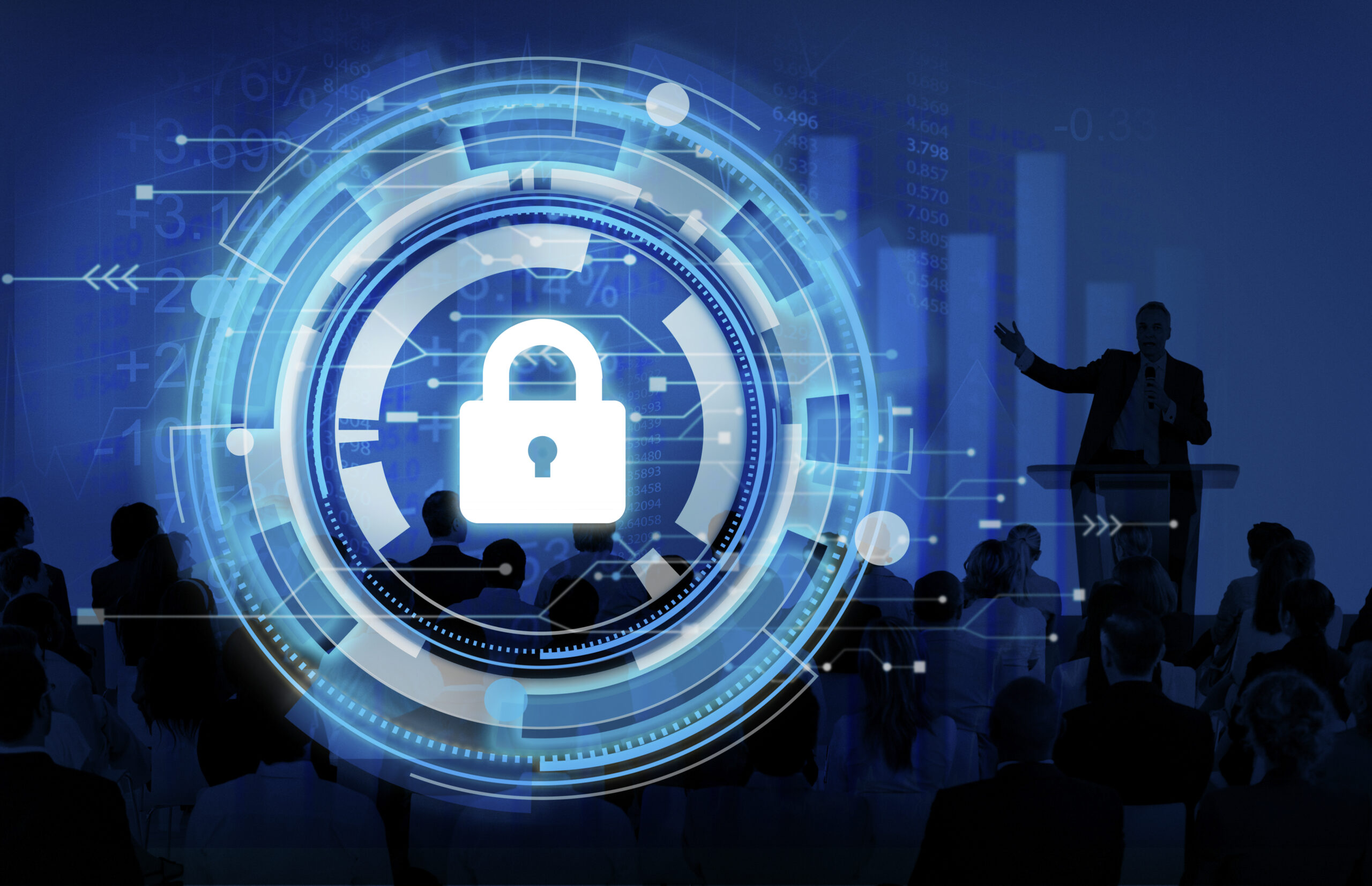If you have a company in Australia, you probably want to know which cyber security compliance Australia guidelines and standards you need to adhere to by 2022.
Several standards and frameworks provide a strong basis for cyber security. In order to create, implement, and maintain a strong information security posture, certification bodies, governments, and industry have devised a set of standards, processes, and structures.
The Australian government launched a consultation on potential legislative changes and voluntary incentives to tighten cyber security recently.
This was done to encourage the development of the digital economy and to counter the menace of ransomware, which was on the rise.
The importance of cyber security compliance australia as an enabler for Australian industry and as an engine of economic growth has never been greater.
The cyber security roadmap includes improving the recommendations for good cyber security practices. The need for cyber security procedures is expected to rise over the next ten years, causing Australia’s tiny but growing cybersecurity sector to treble in income.
To help improve cybersecurity threat resilience, we provide a set of cybersecurity measures. These measures may be used to create security frameworks that safeguard Australian companies against online threats.
Before we discuss details, let’s take a look at some of the guidelines and frameworks for cyber security compliance australia.
Cyber Security Compliance Australia

Below we have highlighted some of the cyber security compliance Australia frameworks, guidelines, and standards that have been implemented in Australia.
The Essential Eight Risk Management Framework
ACSC, whose full form is the Australian Cyber Security Centre, has a risk management framework known as the essential eight.
Essential Eight prioritizes eight mitigation strategies as a a risk management framework to help businesses strengthen their cyber security.
These mitigation strategies were taken from the suggested Strategies to Mitigate Cyber Security Incidents for Organizations.
The Essential Eight, which were released in February 2017 by the ACSC and the Australian Signals Directorate (ASD), are seen to be the best “baseline” for maintaining the cyber resilience of today’s organisations.
Prior to 2017, the Australian Federal Government had already required the top four of these mitigation methods for federal government agencies, while the PSPF of the Attorney-Department General’s had legislated the remaining four mitigation techniques (Protective Security Policy Framework).
The Essential Eight are created to offer network security for internet-connected computers running Microsoft Windows.
The framework’s maturity scale, which is made up of maturity levels, allows organisations who use the Essential Eight to monitor their compliance.
Organizations should first choose a target maturity level that fits their environment before implementing the Essential Eight. Organizations should gradually embrace each maturity level as soon as the goal is met.
Employing a risk-based strategy, organisations should adopt the Essential Eight. In doing so, organisations should aim to reduce any exceptions and their extent, for instance by putting in place reimbursing security measures and making sure the number of impacted systems or users is kept to a minimum.
Organizations are not required to get third-party certification for the execution of the Essential Eight. However, if mandated by a government order or policy, by a regulatory body, or as part of a contract, it can be important to have an impartial party evaluate an Essential Eight implementation.
Starting in June 2022, every five years all companies subject to this cybersecurity framework will go through a rigorous assessment to make sure all security procedures are kept at the highest level.
ISO 27001

The premier worldwide standard for information security, ISO 27001, was created to assist enterprises of any size and in any sector in protecting their information via the implementation of an information security management system.
The ISO framework is a collection of rules and procedures that businesses may employ.
Not only does the standard give businesses the knowledge they need to protect their most precious data, but a business can also get certified against ISO 27001 and, in this manner, show those concerned that it is committed to securing their data.
Additionally, individuals may demonstrate their qualifications to future employers by becoming ISO 27001-certified after passing an exam once they complete the course.
ISO 27001 is widely accepted and is an international standard, which expands commercial potential for businesses and individuals.
Protecting three types of information is the fundamental objective of ISO 27001:
- Confidentiality: Only those with permission may access information.
- Integrity: The information may only be modified by authorised individuals.
- Availability: The data must be available to authorised individuals at all times.
This is done after determining the possible issues that may arise with the information (i.e., risk assessment) and determining what needs to be done to address those issues before they arise (i.e., risk mitigation or risk treatment).
Therefore, the basic tenet of ISO 27001 is based on a method for managing risks: identify the hazards and then methodically address them by putting security controls in place (or safeguards).
NIST Cybersecurity Framework
NIST or National Institute of Standards and Technology, has a Cyber security framework for US private sector organisations to better manage and decrease cybersecurity risk. It is based on current standards, recommendations, and practices.
The NIST Framework was created to help organisations prevent, identify, and respond to cyber attacks by improving cybersecurity and risk management communications among internal and external stakeholders.
The foundation of the NIST cybersecurity architecture is a realistic risk-management strategy.
A larger perspective on how organisations should approach cyber security issues is also provided, along with guidance for cyber security actions. This architecture allows for the handling of cybersecurity issues employing five separate functions, from prevention to recovery.
The Framework core five components are as follows:
- Identity – Creating a corporate knowledge of cybersecurity risk management for systems, people, assets, data, and capabilities
- Protect – Specifies the necessary protections to guarantee the provision of critical infrastructure services and minimises or contains the effects of a possible cybersecurity disaster.
- Detect – Specifying relevant actions to quickly recognise the presence of a cybersecurity incident
- Respond – Specifies what should be done following a security incident to enhance responsiveness and lessen the effects of the occurrence.
- Recover – Determines the best course of action for restoring capabilities or services that were damaged as a result of a cyberattack, assisting with prompt recovery, and enhancing incident response plans.
SOC2 (Service Organization Control 2)
SOC 2 was create by AICPA (the American Insitute of CPAs). It is a standard for managing client data. The standard is based on five “trust service principles”: security, availability, processing integrity, confidentiality, and privacy.
SOC 2 is a technique for evaluating service providers to verify that they safely manage your data for the sake of your organization’s interests and the privacy of its customers.
SOC 2 certification is a prerequisite for security-conscious enterprises when looking for a SaaS provider.
However, just the first Trust Services Principle is required. A standard like ISO 27001, which is more risk-based and dynamic, was designed to define, implement, operate, regulate, and enhance overall security.
SOC 2 reports come in two different varieties. Reports of Type 1 contain the description of the systems used by the services and demonstrate whether the planned controls meet the goals of the organisation. Type 2 reports further describe the systems used by the services and state whether the proposed controls support the security goals the organisation is trying to achieve as well as if they work as expected over time (generally between six months and one year).
Compared to other versions, it is simpler, cheaper, but it is also less accurate and has a smaller scope.
How Jumpstart Security Offers Cyber Security Compliance Australia
Small companies may quickly develop a cyber security plan thanks to Jumpstart Security.
We offer knowledge in securing specialist sectors across small organisations’ people, processes, and technology. We collaborate with service providers to give their clients a safe onboarding procedure.
Our goal is to increase the ease of use and accessibility of cyber security for micro and small enterprises worldwide.
By providing quick and inexpensive methods to obtain and employ cyber security resources, tools, and guidance, and by utilising the network effect of business-to-business value chains, we are able to do this.
So what are you waiting for?
Try out our world-class cyber-security plans to secure your business.

